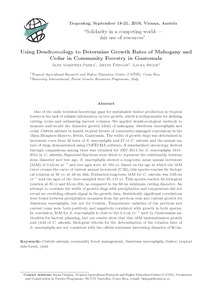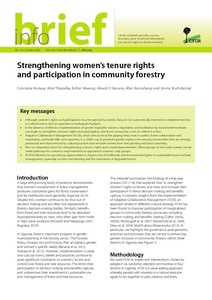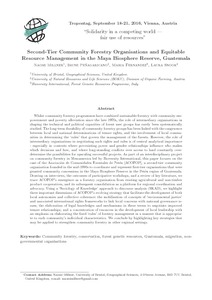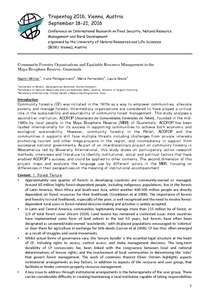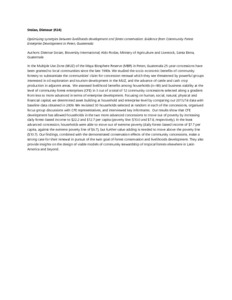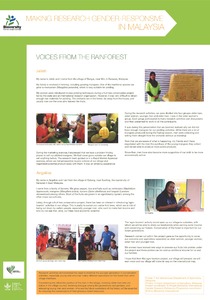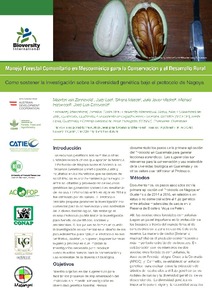Using dendroecology to determine growth rates of mahogany and cedar in community forestry in Guatemala
One of the main technical knowledge gaps for sustainable timber production in tropical forests is the lack of reliable information on tree growth, which is indispensable for defining cutting cycles and estimating harvest volumes. We applied dendroecological methods to measure and model the diameter growth (dbh) of mahogany Swietenia macrophylla and cedar Cedrela odorata in humid tropical forests of community-managed concessions in the Maya Biosphere Reserve, Petén, Guatemala. The width of growth rings was determined in increment cores from 32 trees of S. macrophylla and 27 of C.

